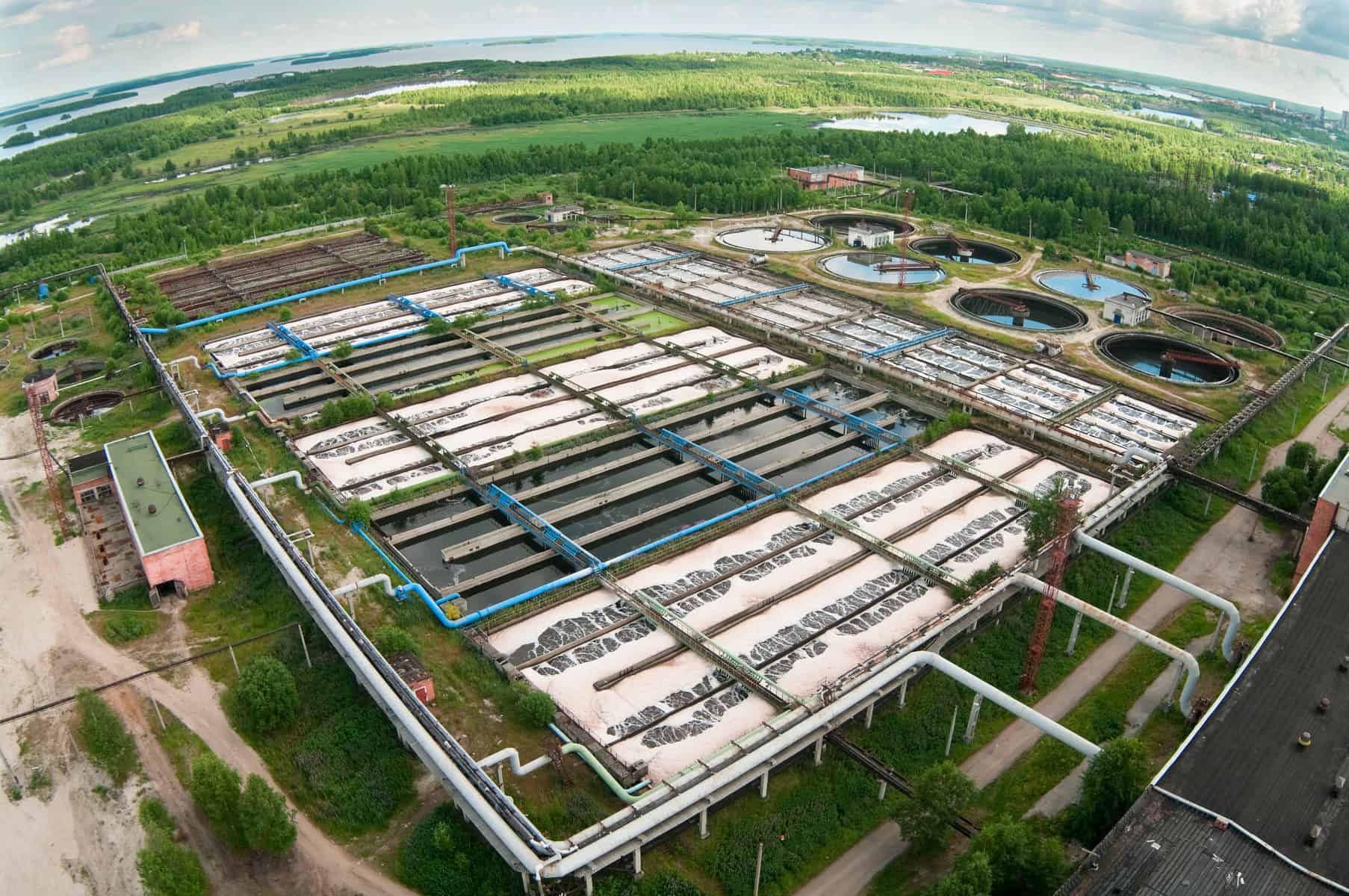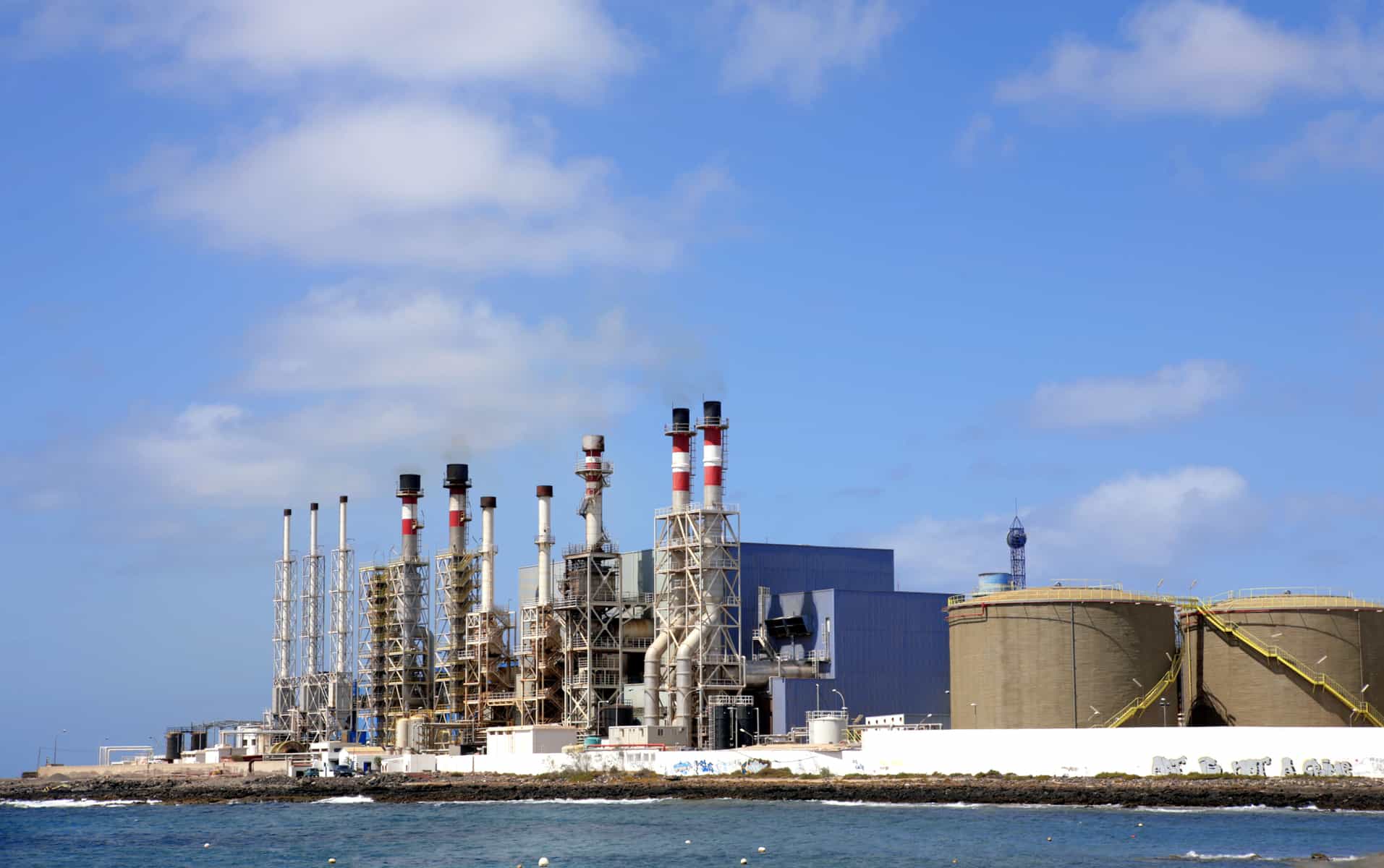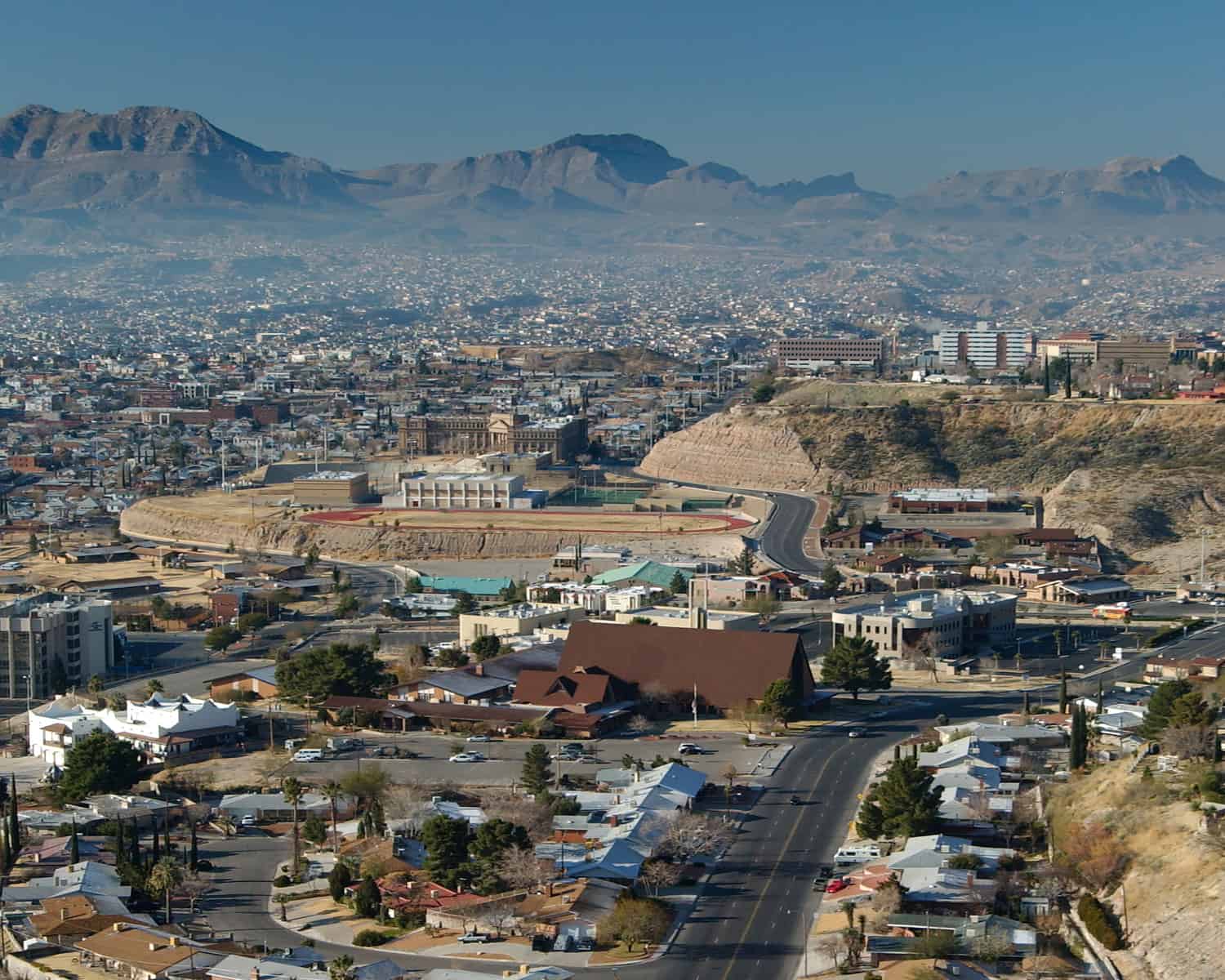Treatment

Usually water for irrigation does not require treatment beyond simple filtering. Power plants treat water to prevent minerals from accumulating inside equipment but do not need water to meet potable standards. Some specialized industrial facilities, such as semiconductor fabrication plants, need energy-intensive ultrapure water. Drinking water for municipal systems needs to meet exacting standards, which usually requires extensive treatment. Then, after use in homes or businesses, water requires additional treatment to raise it to a standard that will not cause damage to the ecosystem. Water’s full supply chain in municipal settings includes pumping and conveyance from the original water source, water treatment, water distribution, end use, wastewater collection, wastewater treatment, and discharge.
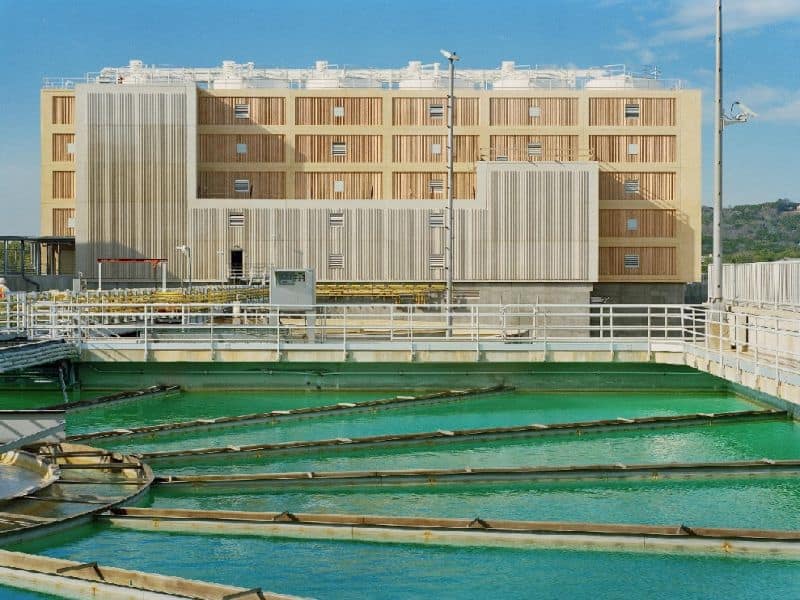
In addition to energy required to transport water to treatment plants, the treatment processes themselves require energy for pumping, blowing, aeration, ultraviolet (UV) lamps, and stirring. Chemicals used for treatment also contain embedded energy.
The amount of energy needed to treat water and wastewater to a suitable quality depends on the level of contamination, the nature of contamination, the water’s end use, and the physical features and treatment approach of the facility. Dirtier or contaminated water generally requires more energy for treatment, and end uses that require high standards of cleanliness also need more energy. Hospitals, semiconductor clean rooms, and food preparation facilities need water that is much cleaner than what is required for cooling industrial equipment or irrigating farms.
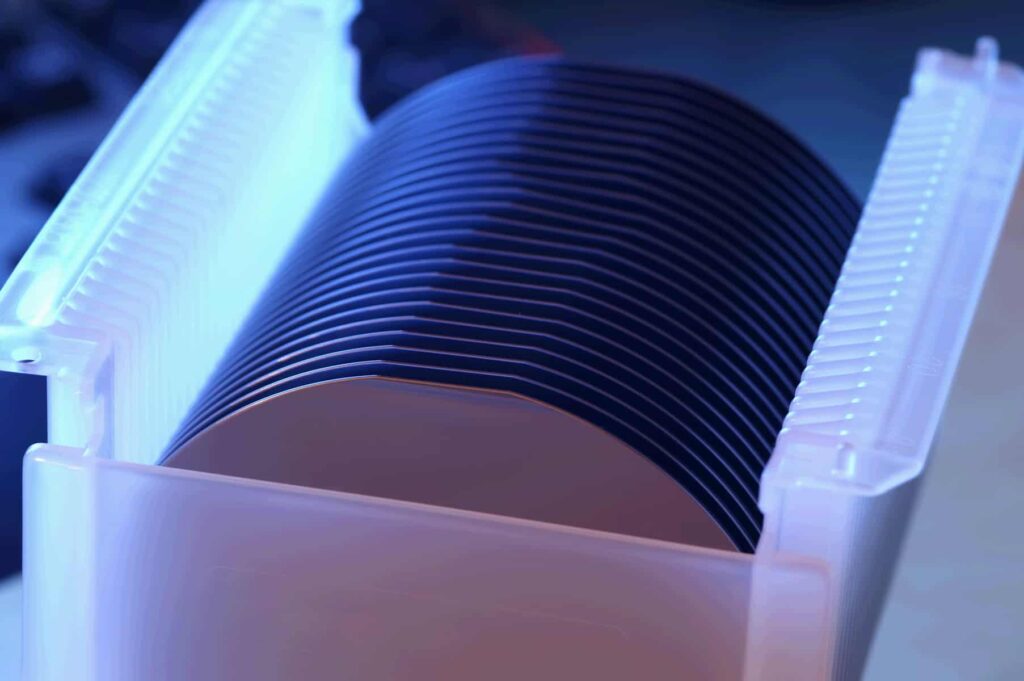
Image Credits: Peter de Kievith/Shutterstock.com; RaJi/Shutterstock.com.
